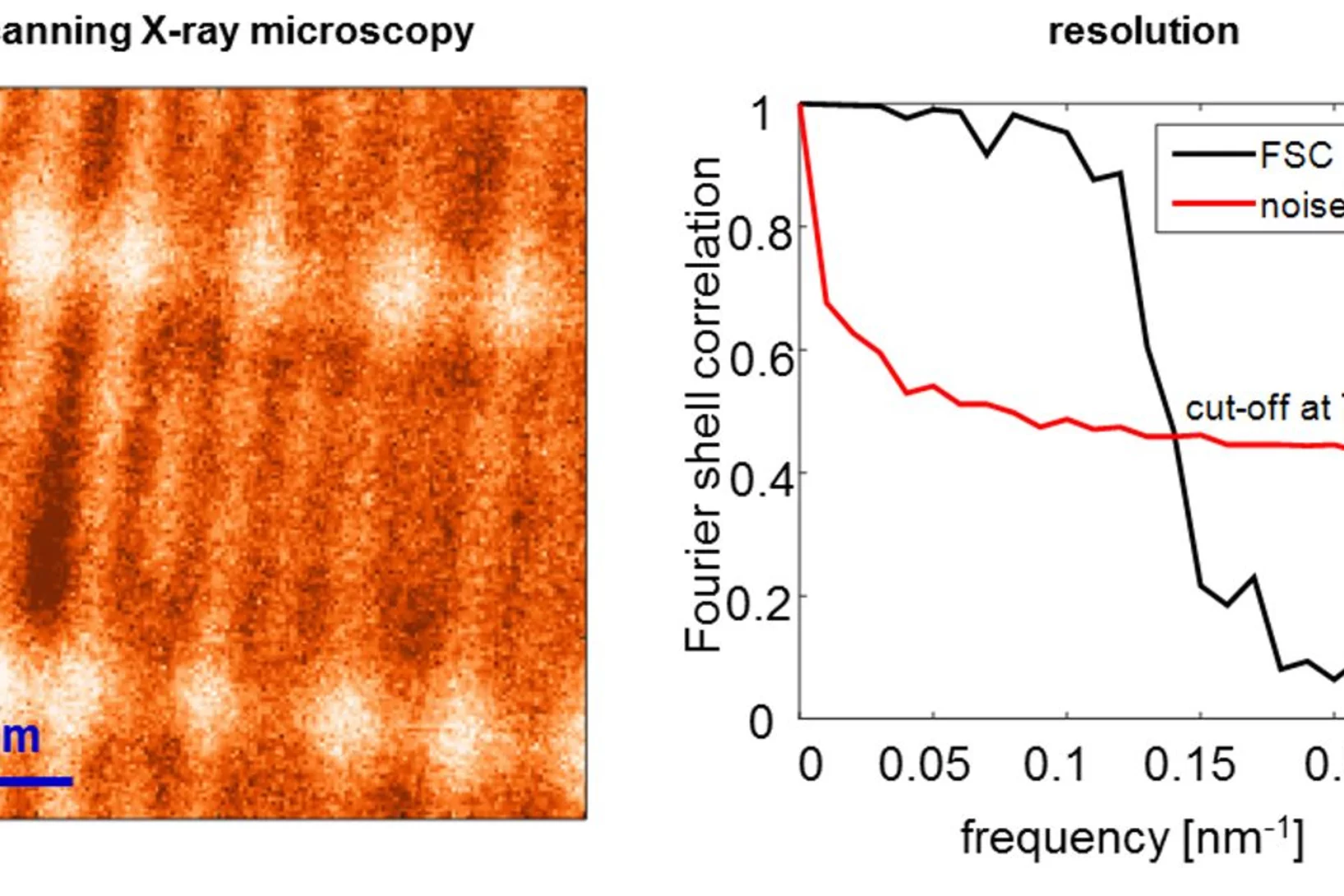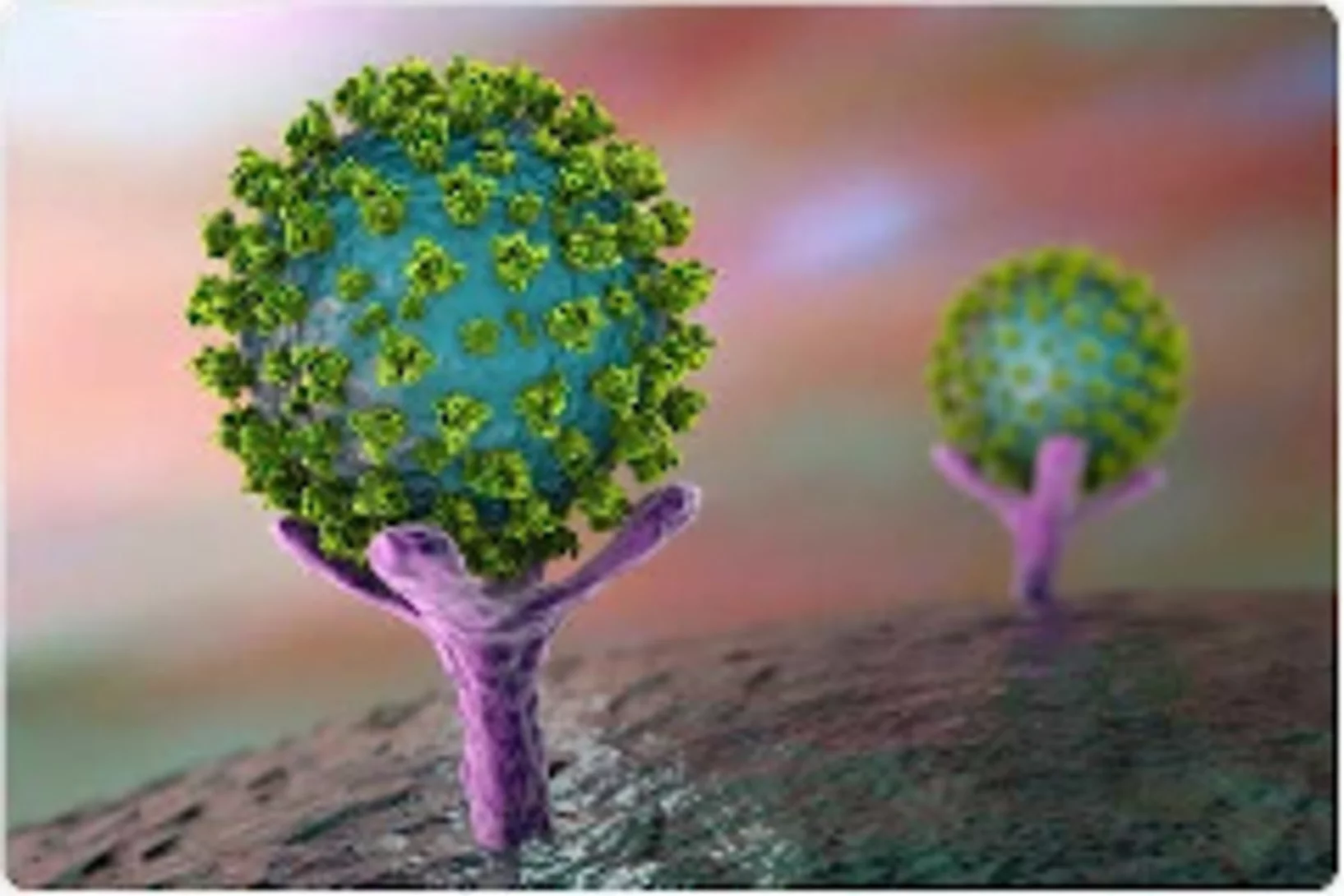Au PSI, plusieurs projets se consacrent à des questions de recherche importantes autour du coronavirus Sars-CoV-2 et des maladies qui en résultent. Nous vous informons sur les activités et les projets, par exemple sur les analyses de tissus pulmonaires, sur la production de protéines et d'anticorps ou sur les idées de nouvelles recherches sur le Covid-19.
Liens utils
Analysis of cation contamination of polymer electrolyte water electrolysers (PEWEs)
With the help of in situ PEWE regeneration methods, we can potentially enable the treatment of degraded cells without the necessity of stack disassembly, saving operation costs of the plant. In this context, we observed the movement of cations in a PEWE cell using neutron imaging and compared it with a model. This model is expected to be useful for the early detection of cation contamination problems in PEWEs, and the monitoring of in situ regeneration.
Quelles sont les particules fines les plus dangereuses pour la santé?
La nocivité des particules fines dépend autant de leur composition que de leur quantité. C’est ce que montrent des chercheurs du PSI dans une nouvelle étude. Par ailleurs, des expériences et des modélisations ont montré que c’est surtout dans les agglomérations que la charge de poussières fines nocives pour la santé est particulièrement élevée.
FALCON - a new instrument project at SINQ
Early 2020, an agreement between the Helmholtz-Zentrum Berlin and Paul Scherrer Institut has been signed, according to which the recently commissioned Laue Diffractometer Falcon (E11) would be transferred from HZB to PSI. The purpose of this agreement was to make state-of-the-art equipment from the recently closed research reactor BER-II at HZB work for scientific community at SINQ.
3 Post Docs and 1 PhD student join TOMCAT
The X-ray Tomography group welcomes Stefan Gstöhl (Post-Doc), Maxim Polikarpov (Post-Doc), Margaux Schmeltz (Post-Doc) and Aleksandra Ivanovic (PhD Student) as new members. The group also thank everybody who helped making it possible for our Post-Docs and PhD student to join PSI amidst the challenges brought by the COVID-19 pandemic.
3 new Post Docs and 1 PhD student join TOMCAT
The X-ray Tomography group welcomes Stefan Gstöhl (Post-Doc), Maxim Polikarpov (Post-Doc), Margaux Schmeltz (Post-Doc) and Aleksandra Ivanovic (PhD Student) as new members. The group also thank everybody who helped making it possible for our Post-Docs and PhD student to join PSI amidst the challenges brought by the COVID-19 pandemic.
Wirtschaftsforum Zurzibiet
Starke Region dank starker Partner
Observation of plaquette fluctuations in the spin-1/2 honeycomb lattice
Quantum spin liquids are materials that feature quantum entangled spin correlations and avoid magnetic long-range order at T =0 K. Particularly interesting are two-dimensional honeycomb spin lattices where a plethora of exotic quantum spin liquids have been predicted. Here, we experimentally study an effective S = 1/2 Heisenberg honeycomb lattice with competing nearest and next-nearest-neighbour interactions.
PSI au Swiss Innovation Forum!
Cette année, le «Swiss Innovation Forum» se déroulera du 17 au 19 novembre sous la forme d'une conférence virtuelle de trois jours. Sous la devise "it’s time to innovate - NOW", l'accent sera mis sur la créativité, l'innovation et la technologie. Quelles tendances technologiques vont conquérir le marché ? Et quel sera l'impact de Covid-19 sur les innovations futures ? Ces questions et d'autres seront abordées lors du «Swiss Innovation Forum» de cette année.
Le PSI sera présent - visitez notre stand virtuel et découvrez les possibilités du centre de transfert de technologie ANAXAM qui utilise l'analyse des matériaux de pointe pour aider l'industrie et les PME à optimiser les méthodes et les processus de production, créant ainsi la base des innovations.
Revealing Creep Motion of a Skyrmion Lattice at Ultra-Low Current Densities
Magnetic skyrmions are well-suited for encoding information because they are nano-sized, topologically stable, and only require ultra-low critical current densities jc to depin from the underlying atomic lattice. Above jc, skyrmions exhibit well-controlled motion, making them prime candidates for race-track memories. In thin films thermally-activated creep motion of isolated skyrmions was observed below jc as predicted by theory.
Particle-size dependent structural transformation of skyrmion lattice
Magnetic skyrmion is a topologically protected particle-like object in magnetic materials, appearing as a nanometric swirling spin texture. The size and shape of skyrmion particles can be flexibly controlled by external stimuli, which suggests unique features of their crystallization and lattice transformation process. Here, we investigated the detailed mechanism of structural transition of skyrmion lattice (SkL) in a prototype chiral cubic magnet Cu2OSeO3, by combining resonant soft X-ray scattering (RSXS) experiment and micromagnetic simulation...
KV-Ausbildung am PSI
Normalerweise arbeite ich im Büro, aber es gibt auch aussergewöhnliche Arbeitstage ...
World Record: 7 nm Resolution in Scanning Soft X-ray Microscopy
During the past decade, scientists have put high effort to achieve sub-10 nm resolution in X-ray microscopy. Recent developments in high-resolution lithography-based diffractive optics, combined with the extreme stability and precision of the PolLux and HERMES scanning X-ray microscopes, resulted now in a so far unreached resolution of seven nanometers in scanning soft X-ray microscopy. Utilizing this highly precise microscopy technique with the X-ray magnetic circular dichroism effect, dimensionality effects in an ensemble of interacting magnetic nanoparticles can be revealed.
Finalist of the Photronics Best Student Award
Ricarda Nebling, PhD student at LMN, received a prize at the SPIE Extreme Ultraviolet Conference 2020 for her contribution: “Effects of the illumination NA on EUV mask inspection with coherent diffraction imaging”.
BEATS Project
Mirjam van Daalen, chair of the BEATS Steering Committee
Une nouvelle génération d’instruments optogénétiques pour la recherche et la médecine
Le Conseil européen de la recherche soutient à hauteur de 10 millions d’euros un projet collectif interdisciplinaire, qui porte d’un côté sur l’analyse structurale et biophysique de certains photorécepteurs et leur développement en "OptoGPCRs", c’est-à-dire en interrupteurs moléculaires photochromiques avec un large spectre d’applications dans les domaines de la biologie et de la médecine.
SwissSkills Championships 2020
Mario Liechti und Melvin Deubelbeiss haben eine Gold- und eine Bronzemedaille erkämpft! Noah Piqué und David Steinacher haben die Plätze 8 und 9 erreicht. Wir sind sehr stolz auf sie und gratulieren ganz herzlich!
Successful Ramp-up of the Mu3e Magnet at PSI
The Mu3e magnet has been successfully ramped up to 1T by Andreas Knecht and Ioannis Paraskevas with the remote help from Roger Mitchell from Cryogenic. This included both the main and compensation coils. It went very smoothly and no re-centering of the cryostat was necessary. The load cells showed a very balanced configuration. Congratulations to everybody involved for reaching this important milestone.
XRNanotech, spin-off du PSI, remporte le "Swiss BIC of CERN Technologies Programme 2020"
Grâce à ses extraordinaires optiques à rayons X, XRNanotech GmbH, la dernière entreprise dérivée du PSI, a pu convaincre le jury du programme «Business Incubation Centre (BIC) of CERN Technologies» et battre les autres finalistes. En tant que lauréate de ce programme, la start-up recevra 50 000 CHF ainsi qu'un soutien supplémentaire de la Haute école spécialisée du nord-ouest de la Suisse, du CERN et du PSI.
Multiphase magnetism in Yb2Ti2O7
Quantum materials have properties that defy conventional theories of solids. Explaining these unusual properties is a frontier in physics, which promises both technological applications and fundamentally new states of matter. Yb2Ti2O7 is a center of attention in this work. While it becomes ferromagnetic at very low temperature, its excitation spectrum resembles that of a quantum spin liquid. We show using neutron scattering ...
Prestigious IEEE award for Stefan Ritt
Stefan Ritt, leader of the Muon Physics group at the Laboratory for Particle Physics, has received today the prestigious IEEE Emilio Gatti Radiation Instrumentation Technical Achievement Award, for "contributions to the development and democratization of ultra-high-speed digitizers”.
New element and speciation specific analytical options at AHL
The Hot Laboratory division (AHL) within PSI’s Nuclear Energy and Safety (NES) division continually upgrades and advances its analytical infrastructure to provide cutting-edge scientific service to PSI’s researchers and industrial customers. A new, fully automatable and highly flexible Ion Chromatograph (IC) furthers AHL’s efforts in sample miniaturization and extends the spectrum of destructive analytical capabilities to element and speciation specific analyses. With the new IC and its modern ICP-MS (Inductively Coupled Plasma Mass Spectrometry) facilities, AHL offers innovative scientific options for nuclear and general research. Moreover, speciation analyses by IC-ICP-MS for polyvalent inorganic water pollutants such as Cr or As and the acquisition of a new ICP-OES system (Inductively Coupled Plasma Optical Emission Spectrometry) enable future autonomy in wastewater management.
Du biogaz propre pour réussir la transition énergétique
Des chercheurs du PSI ont dressé leur camp dans une installation de biogaz sise près de Lucerne. Entre les prés et de gigantesques fermenteurs, ils étudient comment débarrasser le biogaz de ses impuretés afin d’optimiser l’utilisation de ce vecteur énergétique.
Welcome to Lucia Iezzi
We warmly welcome Lucia Iezzi as a PhD student in the Laboratory of Environmental Chemistry. She has joined the Surface Chemistry group on 1 November 2020.
Aerosol distribution in rooms and the importance of proper ventilation
Urs Baltensperger explains the background why it is absolutely necessary to wear masks in order to reduce the risk of beeing infected with Covid-19.
In the following you find the presentation and summary
On the winners’ podium at the SwissSkills professional championships
With Mario Liechti (gold) and Melvin Deubelbeiss (bronze) two of our electronics apprentices achieved a place on the winners’ podium at the SwissSkills 2020. The SwissSkills are the Swiss professional championships organized by the leading industry associations. The final competition took place October 27 - 30, 2020 at Schindler Elevators in Ebikon.
Post mortem/operando XPEEM: for studying the surface of single particle in Li-ion battery electrodes
X-ray photoemission electron microscopy (XPEEM) with its excellent spatial resolution is a well-suited technique to elucidate the complex electrode-electrolyte interface reactions in Li-ion batteries. It provides element-specific contrast images and enables the acquisition of local X-ray absorption spectra on single particles. Here we demonstrate the strength of post mortem measurements and we show the first electrochemical cell dedicated for operando experiments in all-solid-state batteries.
Atelier deliverable nr. D9.1 Draft released
Draft of the Deliverable nr. D9.1 on "Repository of Definitions of terms, key characteristics archetypes and a set of KPIS" for the H2020 Atelier project
Re(1−x)Mox as an ideal test case of time-reversal symmetry breaking in unconventional superconductors
Non-centrosymmetric superconductors (NCSCs) are promising candidates in the search for unconventional and topological superconductivity. The α-Mn-type rhenium-based alloys represent excellent examples of NCSCs, where spontaneous magneticfields, peculiar to time-reversal symmetry (TRS) breaking, have been shown to develop in the superconducting phase. By converse, TRS is preserved in many other isostructural NCSCs, thus leaving the key question about its origin fully open. Here, we consider ...
Young Scientist Prize 2020 of the Swiss Neutron Science Society
The Swiss Neutron Science Society as one of the representatives of the neutron scatterers in Switzerland honors each year young scientist in recognition of a notable scientific achievement in the form of a PhD thesis or to a nominee with an exceptional track record in neutron science.
In 2020 one of the prizes sponsored by SwissNeutronics was awarded to Jiri Ulrich (LRC/PSI) for his doctoral thesis on “High precision nuclear data of Mn-53 for astrophysics and geosciences”.
COVID-19 - travel assistance websites launched
The Bio Nano spinout of Prof. Aeppli has launched new travel assistance websites that provide continually updated information on restrictions such as multi-day quarantines imposed on travel between countries, together with the latest pandemic predictions so that travellers can make informed decisions.



























